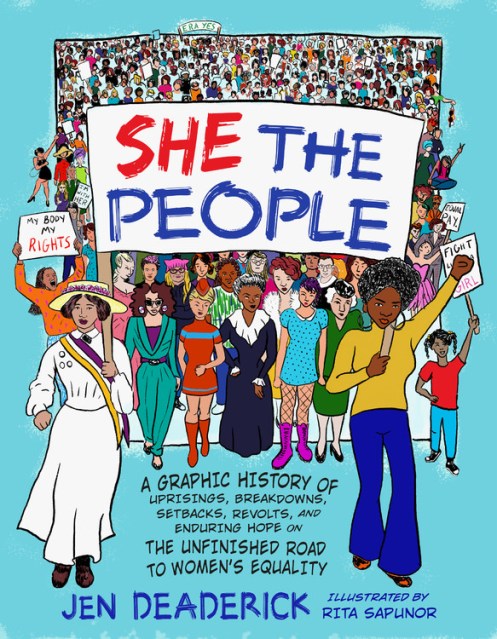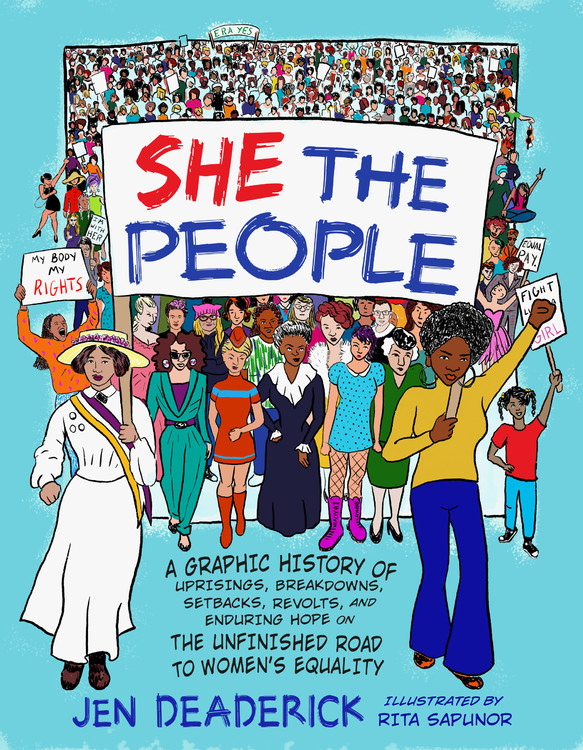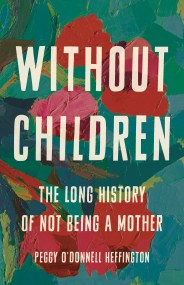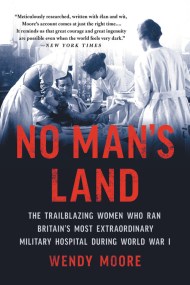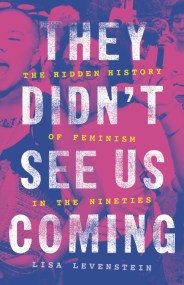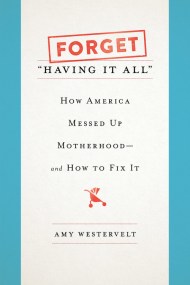Promotion
Use code BEST25 for 25% off storewide. Make sure to order by 11:59am, 12/12 for holiday delivery!
By clicking “Accept,” you agree to the use of cookies and similar technologies on your device as set forth in our Cookie Policy and our Privacy Policy. Please note that certain cookies are essential for this website to function properly and do not require user consent to be deployed.
She the People
A Graphic History of Uprisings, Breakdowns, Setbacks, Revolts, and Enduring Hope on the Unfinished Road to Women's Equality
Contributors
Illustrated by Rita Sapunor
Formats and Prices
- On Sale
- Mar 5, 2019
- Page Count
- 208 pages
- Publisher
- Seal Press
- ISBN-13
- 9781580058711
Price
$17.99Price
$23.49 CADFormat
Format:
- Trade Paperback $17.99 $23.49 CAD
- ebook $11.99 $15.99 CAD
This item is a preorder. Your payment method will be charged immediately, and the product is expected to ship on or around March 5, 2019. This date is subject to change due to shipping delays beyond our control.
Buy from Other Retailers:
Genre:
-
"Fast paced and full to bursting with vivid, raucous figures and stories that have been kept out of our history books for too long, Jen Deaderick's She the People is a remarkable corrective that will broaden readers' views and deepen their understanding of thehistory that has brought us to this moment--and will inspire new approaches to moving forward."Rebecca Traister, New York Times bestselling author of Good and Mad and All the Single Ladies
-
"This isn't women's history; it's history. She the People is a hilarious, brilliant take on the road to equality."Lizzie Skurnick, author of That Should Be a Word
Newsletter Signup
By clicking ‘Sign Up,’ I acknowledge that I have read and agree to Hachette Book Group’s Privacy Policy and Terms of Use
